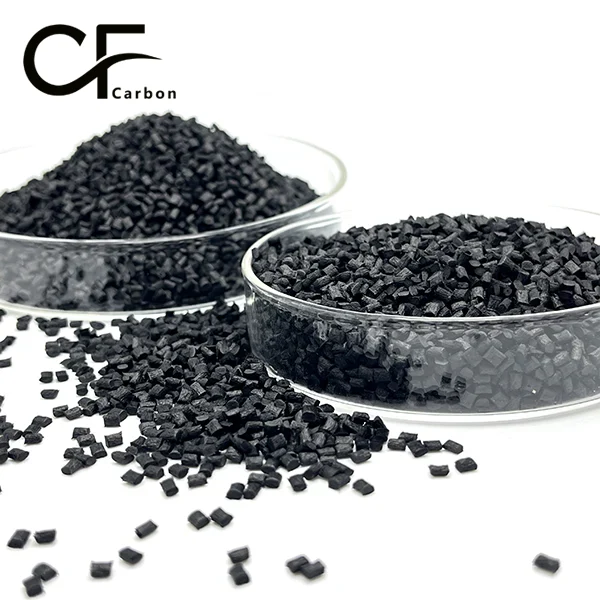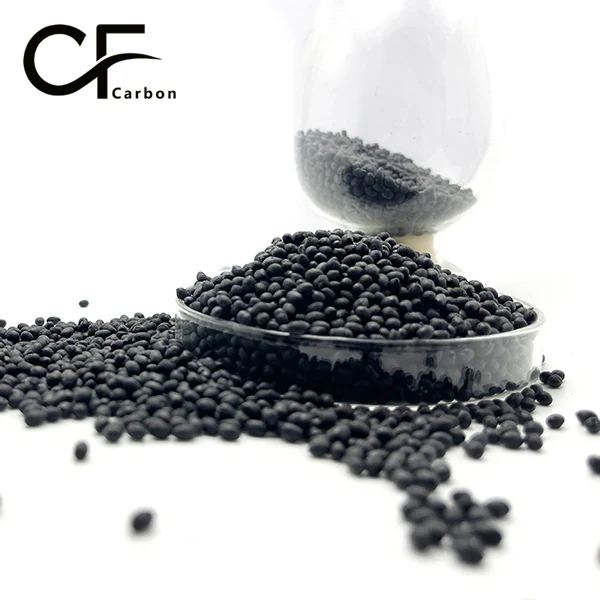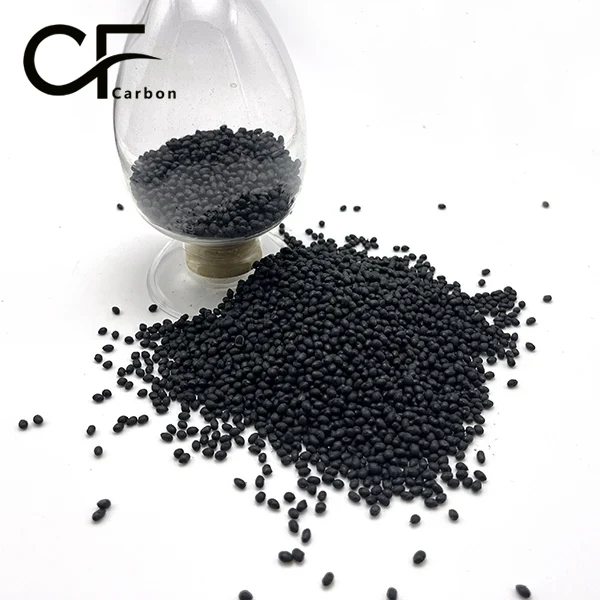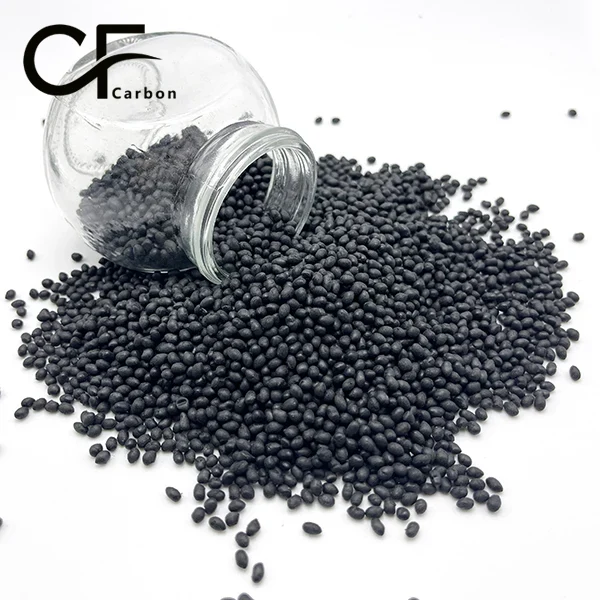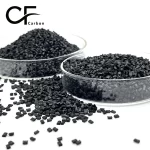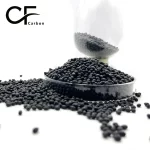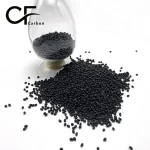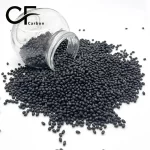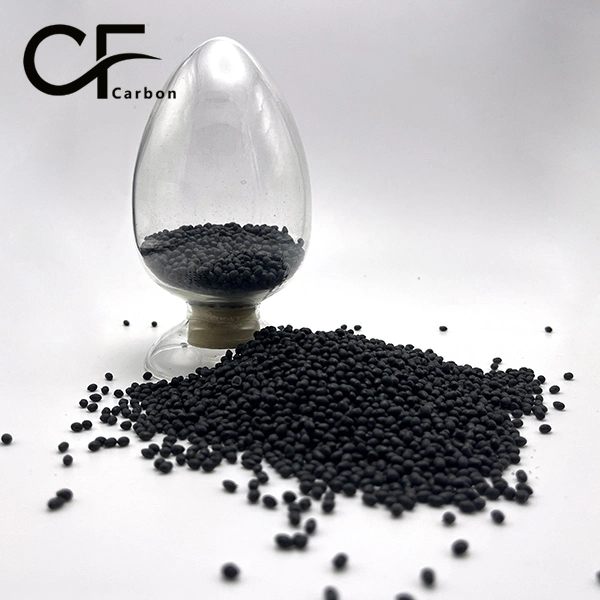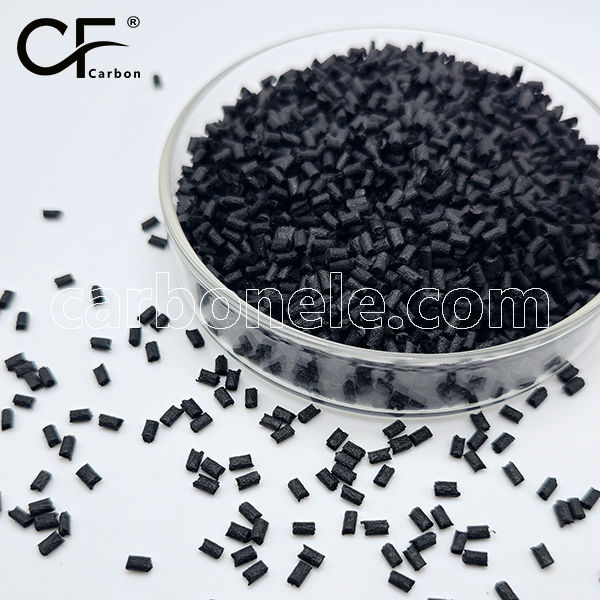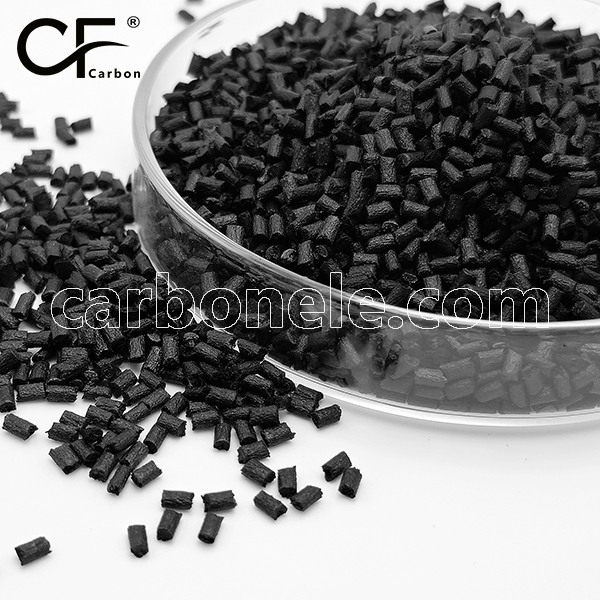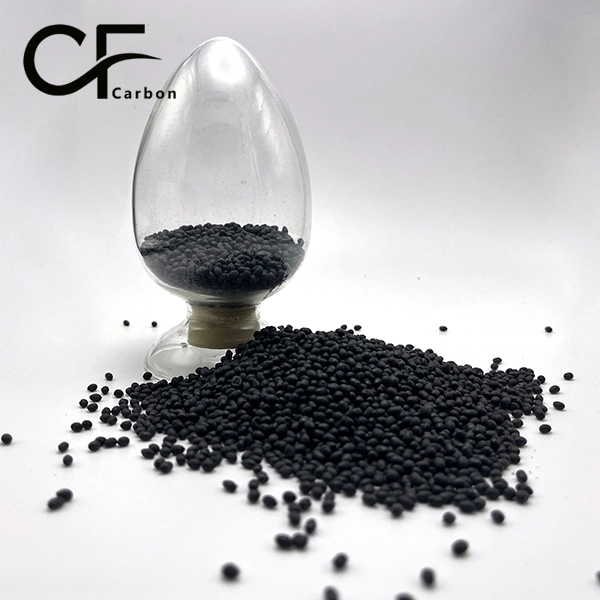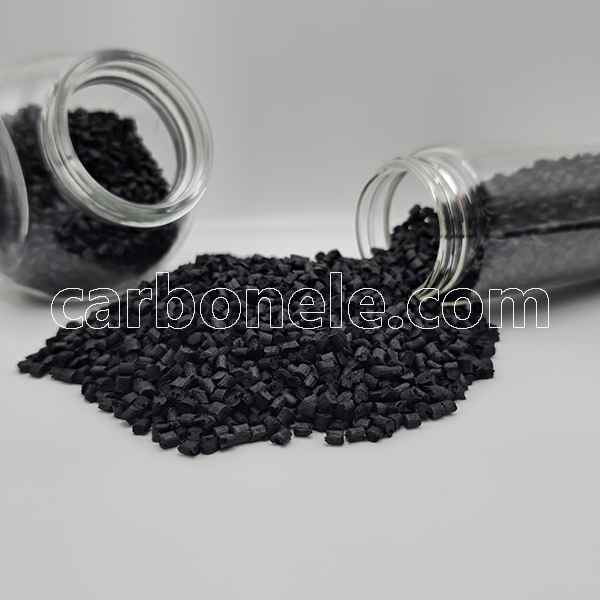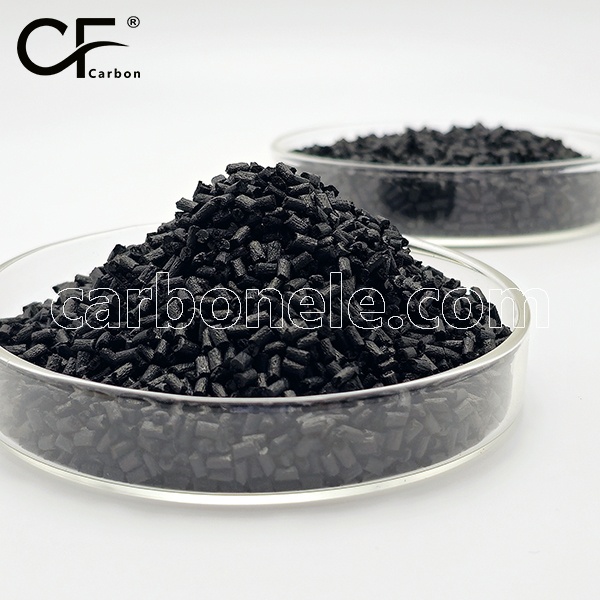
Extrusion Grade PA6 PA66 Carbon Fiber Composites for Filaments
1: Tensile strength of 155 MPa.
2: Heat deflection temperature 225°C.
3: Impact strength reaches 45 kJ/m².
4: Low molding shrinkage 0.15-0.35%.
5: Melt flow index 18g/10min.
- Manufacturer: Carbon New Material
- OEM/ODM: Acceptable
- Color: Black
- Free samples: ≤10kg
- MOQ: 100kg
- Port: Xiamen
- Model: PA6&PA66-CF-BCA15
- Fillers: SCF
I. PA6 PA66 Carbon Fiber Composites
PA6 PA66 Carbon Fiber Composites are high-performance Extrusion Grade composite materials formulated with a PA6/PA66 hybrid matrix and carbon fiber reinforcement. These PA6 PA66 Carbon Fiber Composites, through optimized formulation design, significantly enhance mechanical properties and thermal stability while maintaining process flowability. This Extrusion Grade material is specifically developed for Filaments production, ensuring stable melt strength and excellent dimensional control during extrusion.
II. Key Properties of PA6 PA66 Carbon Fiber Composites
1. Balanced Mechanical Properties PA6 PA66 Carbon Fiber Composites achieve tensile strength of 155MPa and impact strength of 45kJ/m², providing excellent comprehensive mechanical performance for Filaments. 2. Excellent Thermal Stability Heat deflection temperature (1.82MPa) reaches 225°C, with Vicat softening point at 245°C, ensuring stable performance of Extrusion Grade material in high-temperature environments. 3. Good Dimensional Stability Molding shrinkage rate controlled at 0.15%-0.35%, with linear thermal expansion coefficient of 2.3×10⁻⁵/°C, ensuring precise dimensions of Filaments products. 4. Outstanding Chemical Resistance Excellent resistance to automotive chemicals like lubricants and coolants, with weight change rate less than 0.8%, extending service life of Extrusion Grade products. 5. Optimized Processing Performance Melt flow index of 18g/10min (275°C/2.16kg) ensures stable extrusion performance for PA6 PA66 Carbon Fiber Composites in Filaments production.
III. Material Primary Applications
PA6 PA66 Carbon Fiber Composites are widely used in automotive engine components, electrical connectors, industrial gears, drone structural parts, and high-performance sports equipment. Their balanced mechanical properties and excellent thermal stability make them particularly suitable for manufacturing precision engineering components operating in demanding environments.
IV. Application of PA6 PA66 Carbon Fiber Composites in Automotive Turbo Intake Pipes
A German automotive manufacturer utilizes PA6 PA66 Carbon Fiber Composites via Extrusion Grade process to produce intake pipes for 2.0L turbocharged engines. Filaments based on this material successfully passed 150°C long-term thermal aging tests, with their 155MPa tensile strength and 225°C HDT ensuring structural integrity in high-temperature engine compartments. Compared to traditional metal intake pipes, weight was reduced by 50% while achieving superior aerodynamic design. The exceptional performance of PA6 PA66 Carbon Fiber Composites in this application demonstrates their competitive advantage in automotive high-temperature components.
For access to the technical data sheet, detailed specifications, current quotations, or complete product catalog, please contact us. Please note that properties of carbon fiber reinforced thermoplastic composites may vary depending on matrix resin ratio, carbon fiber length and distribution, and processing conditions. The practical performance of specific PA6 PA66 Carbon Fiber Composites formulations should be verified through comparative testing with relevant engineering plastics based on your specific operating requirements. Additionally, Extrusion Grade materials from different suppliers may have varying performance emphases.
CFRTP VERSUS CFRP
1. CFRTP demonstrates significantly faster processing time (5 minutes) compared to CFRP (45 minutes), representing a 90% reduction in manufacturing duration. 2. In terms of recyclability, CFRTP outperforms CFRP by a large margin, scoring 9 on a 1-10 scale versus CFRP's score of 2. 3. CFRTP exhibits superior impact resistance (90 kJ/m²) compared to CFRP (65 kJ/m²), showing approximately 38% better performance in this category. 4. While CFRP has higher temperature resistance (220°C) than CFRTP (180°C), both materials maintain adequate thermal performance for most applications. 5. CFRTP offers greater design flexibility (rating of 90) compared to CFRP (rating of 60), providing more versatility in manufacturing and application scenarios.

CFRTP VS. METALS
1. CFRTP exhibits the lowest density (1.50 g/cm³) among all compared materials, significantly outperforming traditional metals like steel (7.85 g/cm³) and copper (8.96 g/cm³), and even surpassing aluminum (2.70 g/cm³) and aluminum alloy (2.80 g/cm³). 2. In terms of strength-to-weight ratio, CFRTP demonstrates superior performance at 120 kN·m/kg, more than doubling the ratio of aluminum alloy (68 kN·m/kg) and far exceeding steel (26 kN·m/kg) and copper (14 kN·m/kg). 3. While steel shows the highest stiffness (200 GPa), CFRTP (150 GPa) outperforms aluminum (70 GPa), aluminum alloy (72 GPa), and copper (110 GPa), offering a favorable balance of rigidity and lightweight properties. 4. CFRTP achieves the highest corrosion resistance rating (9 on a 1-10 scale), surpassing all other materials including aluminum alloy (8), aluminum (7), copper (6), and steel (3), making it ideal for corrosive environments.
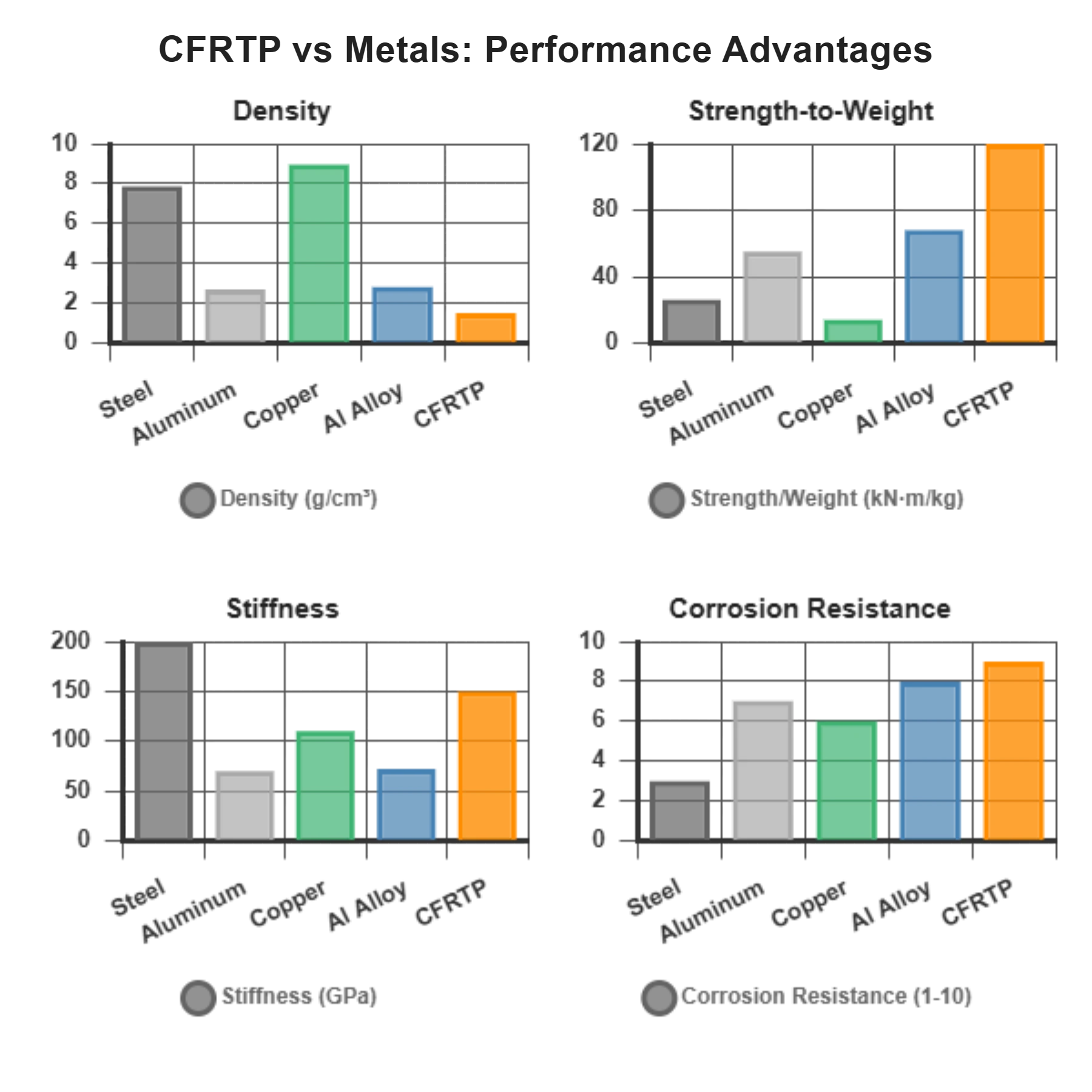
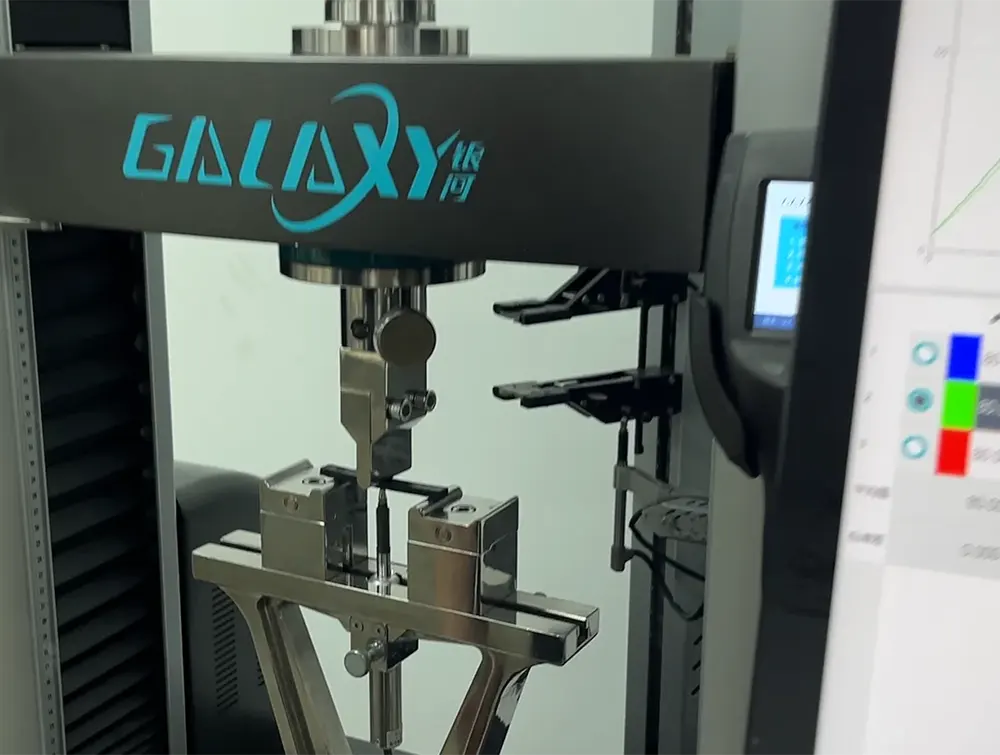

Frequently Asked Questions
Carbon (Xiamen) New Material Co., Ltd. aims to provide buyers with "one-stop" worry-free high-quality services. Here you can find all information about carbon fiber engineering plastics. If you still have questions, please send us an email for consultation!
-
How can I contact the manufacturer of a product that interests me?
When you find a product you are interested in, you can contact the manufacturer directly by sending an email and we will get back to you as soon as possible.
-
How do I find the products that interest me?
All you need to do is enter the keyword, product name in the search window and press the Enter key on your keyboard. Your search results page will then be displayed. You can also search within the product category pages on the home page. Each category is divided into subcategories, allowing you to refine your search and find products that interest you.
-
Where will I find a buying guide?
Please contact our after-sales service directly and we will provide you with a comprehensive operating guide.
-
What are CF Reinforced Thermoplastic Composites?
CF Reinforced Thermoplastic Composites are materials where carbon fibers are incorporated into a thermoplastic matrix. They combine the strength and stiffness of carbon fibers with the processability and recyclability of thermoplastics. For instance, they are used in automotive parts like bumper beams.
-
What are the benefits of CF Reinforced Thermoplastic Composites over traditional composites?
The key benefits include faster production cycles, easier recyclability, and better impact resistance. They also offer design flexibility. An example is in the manufacturing of consumer electronics casings where complex shapes can be achieved more easily.
-
How are CF Reinforced Thermoplastic Composites processed?
Common processing methods include injection molding, extrusion, and compression molding. Injection molding is widely used for mass production. For example, in the production of small components for the medical industry.
-
What industries use CF Reinforced Thermoplastic Composites?
They are utilized in aerospace, automotive, medical, and sports equipment industries. In aerospace, they can be found in interior components. In the medical field, they might be used in prosthetics.
-
How does the carbon fiber content affect the properties of the composites?
Higher carbon fiber content generally leads to increased strength and stiffness but may reduce ductility. A moderate content is often balanced for specific applications. For example, a higher content might be preferred in structural parts of a race car.
-
What are the challenges in using CF Reinforced Thermoplastic Composites?
Challenges include higher material costs, complex processing equipment requirements, and ensuring uniform fiber dispersion. Issues with adhesion between the fibers and the matrix can also arise. An example is in achieving consistent quality in large-scale production.







